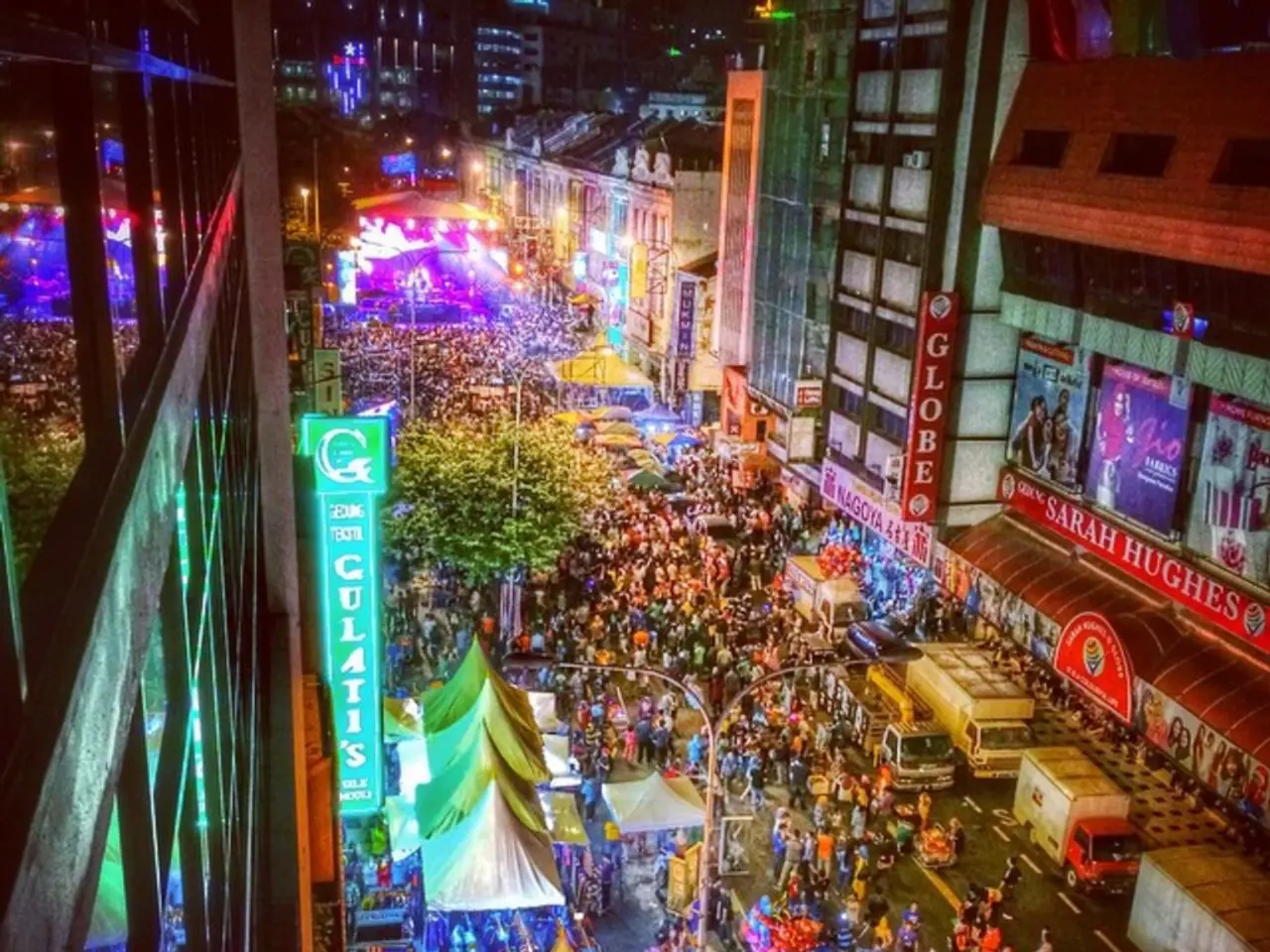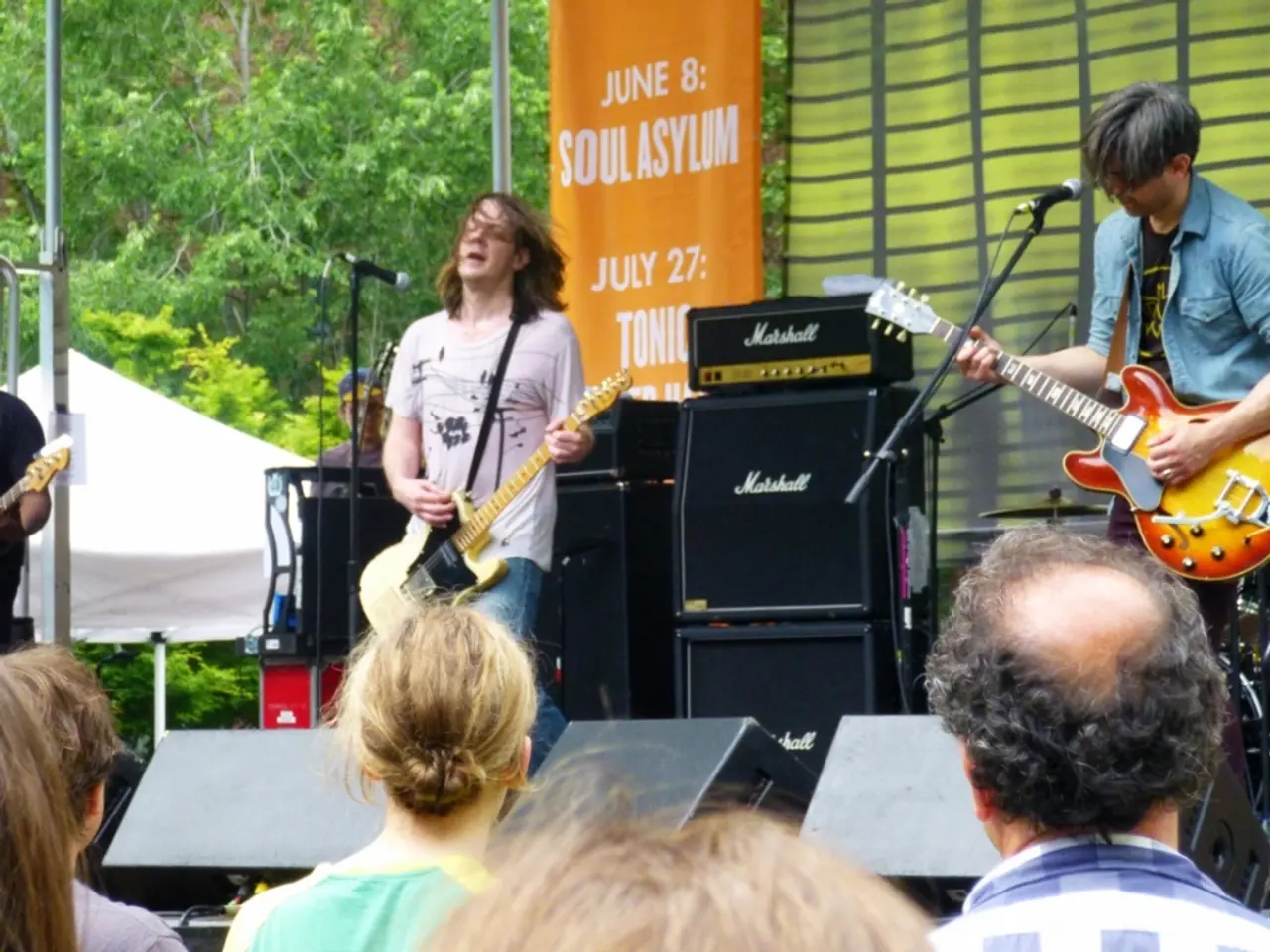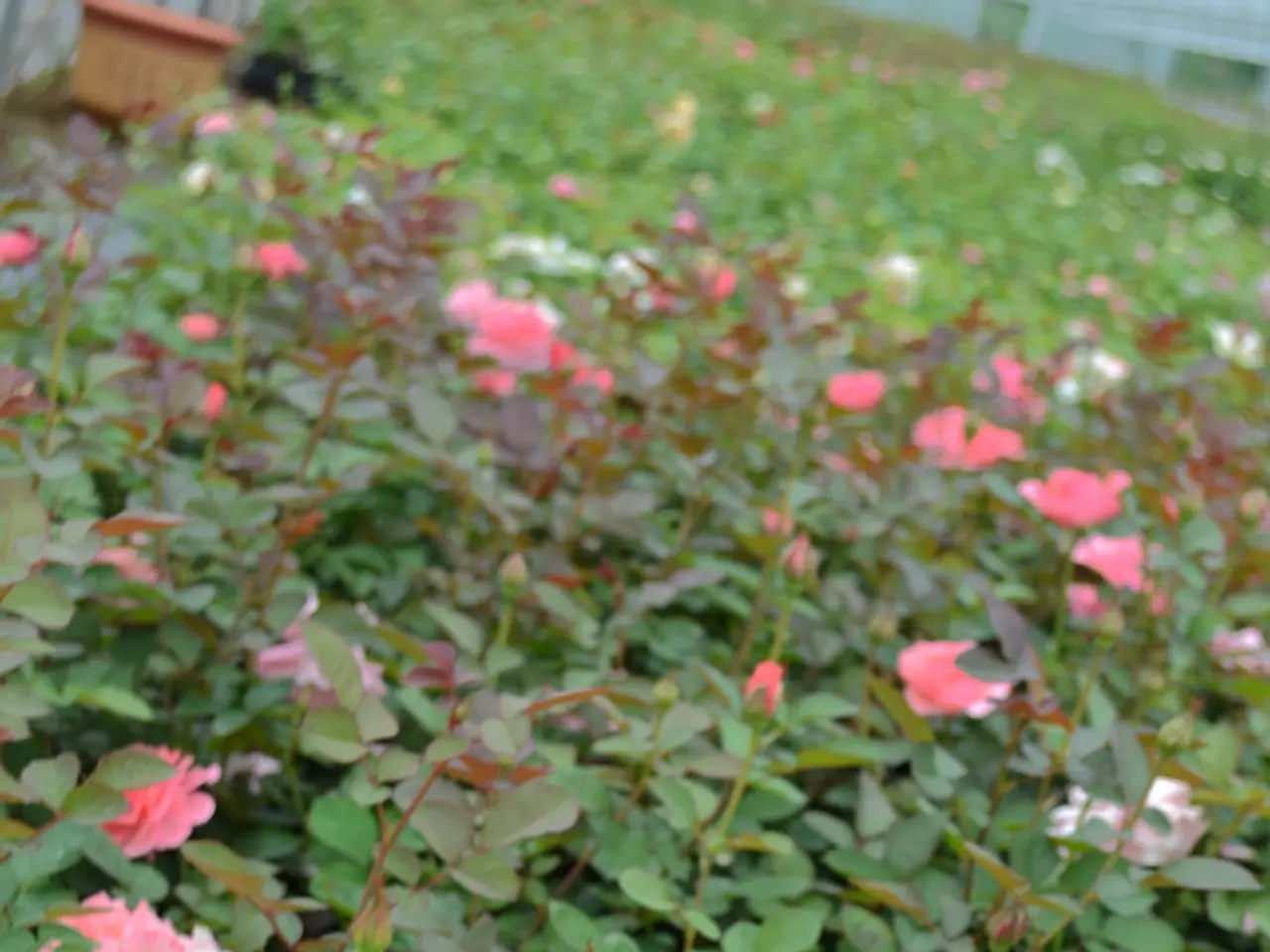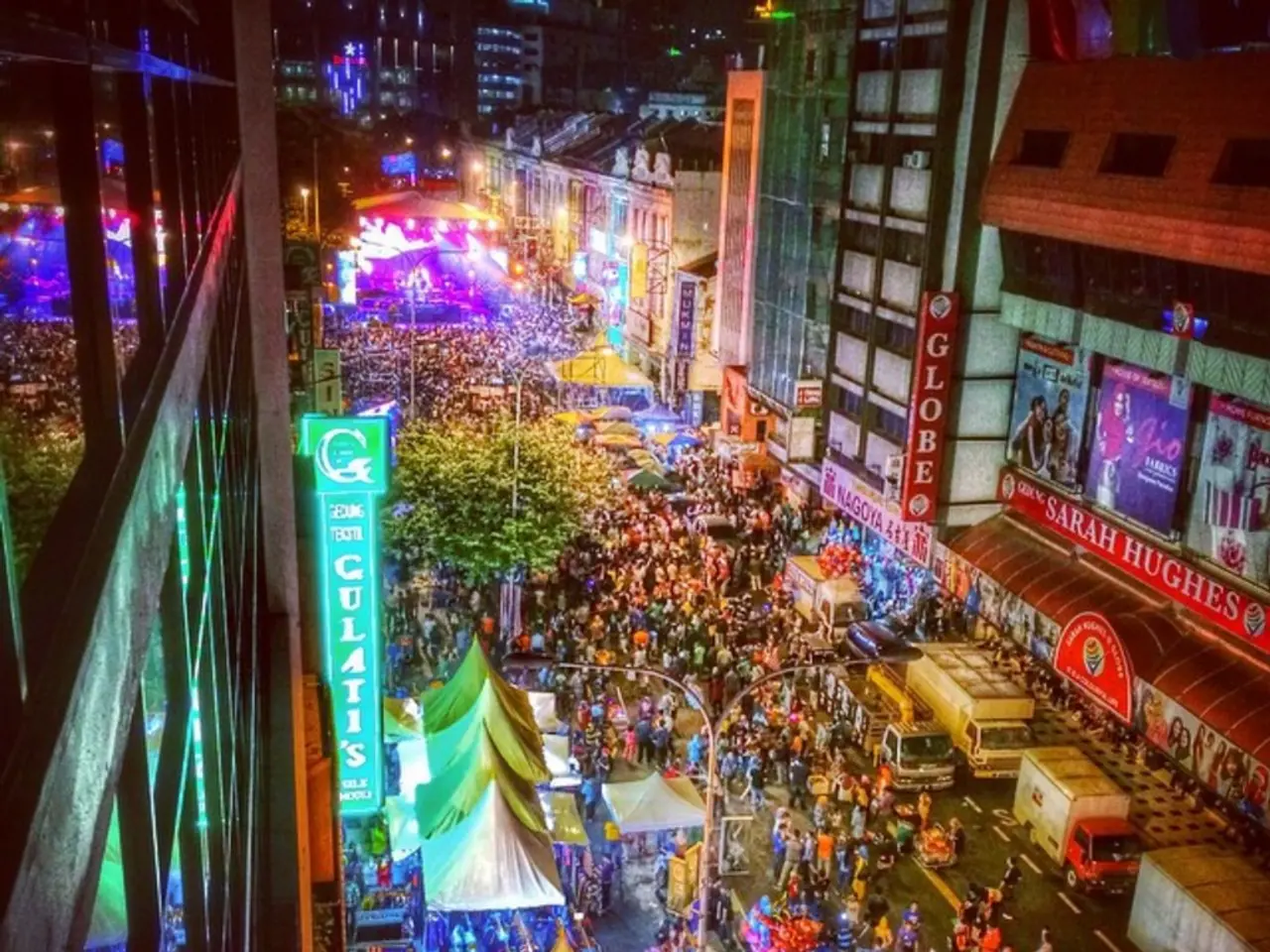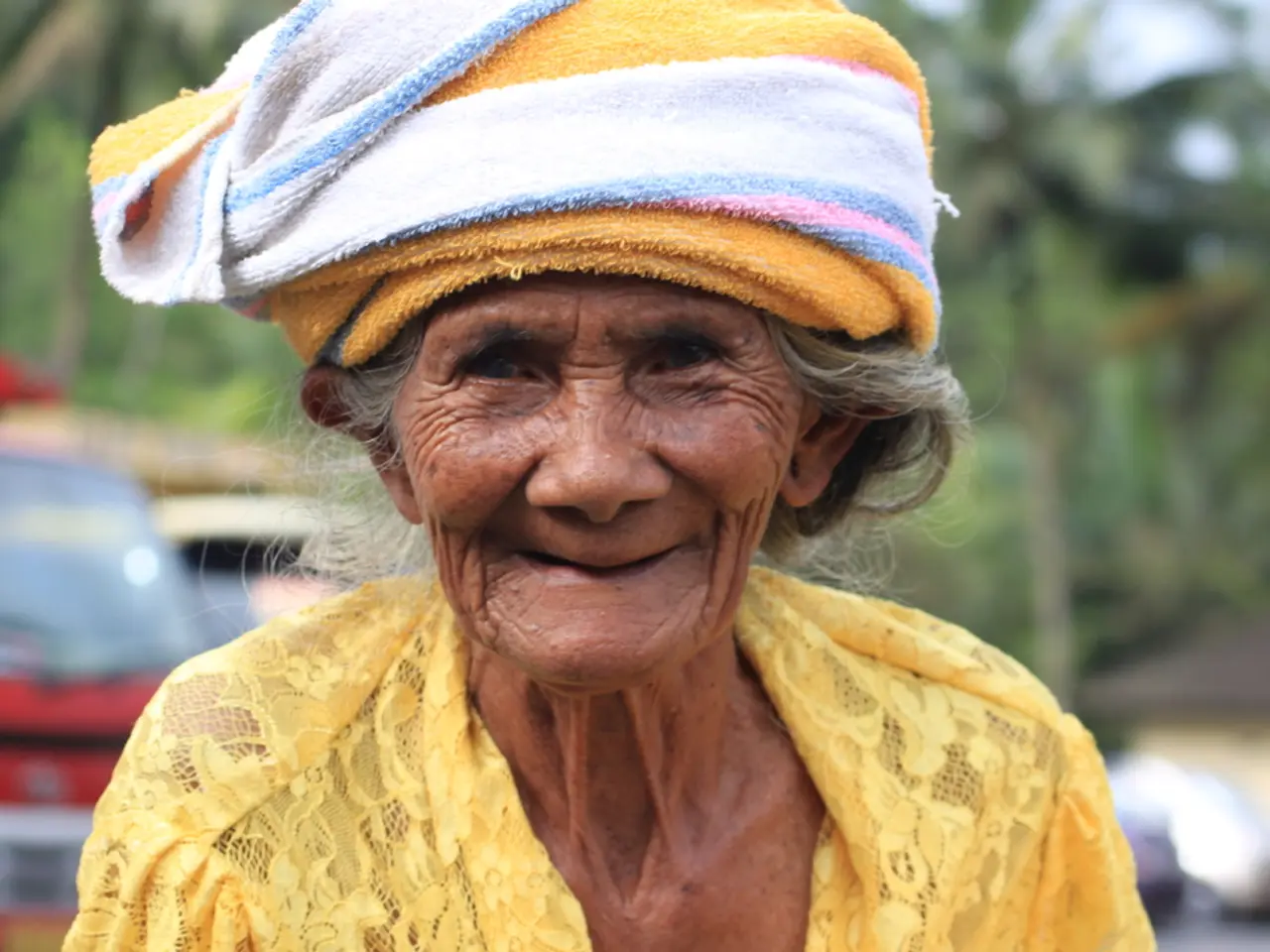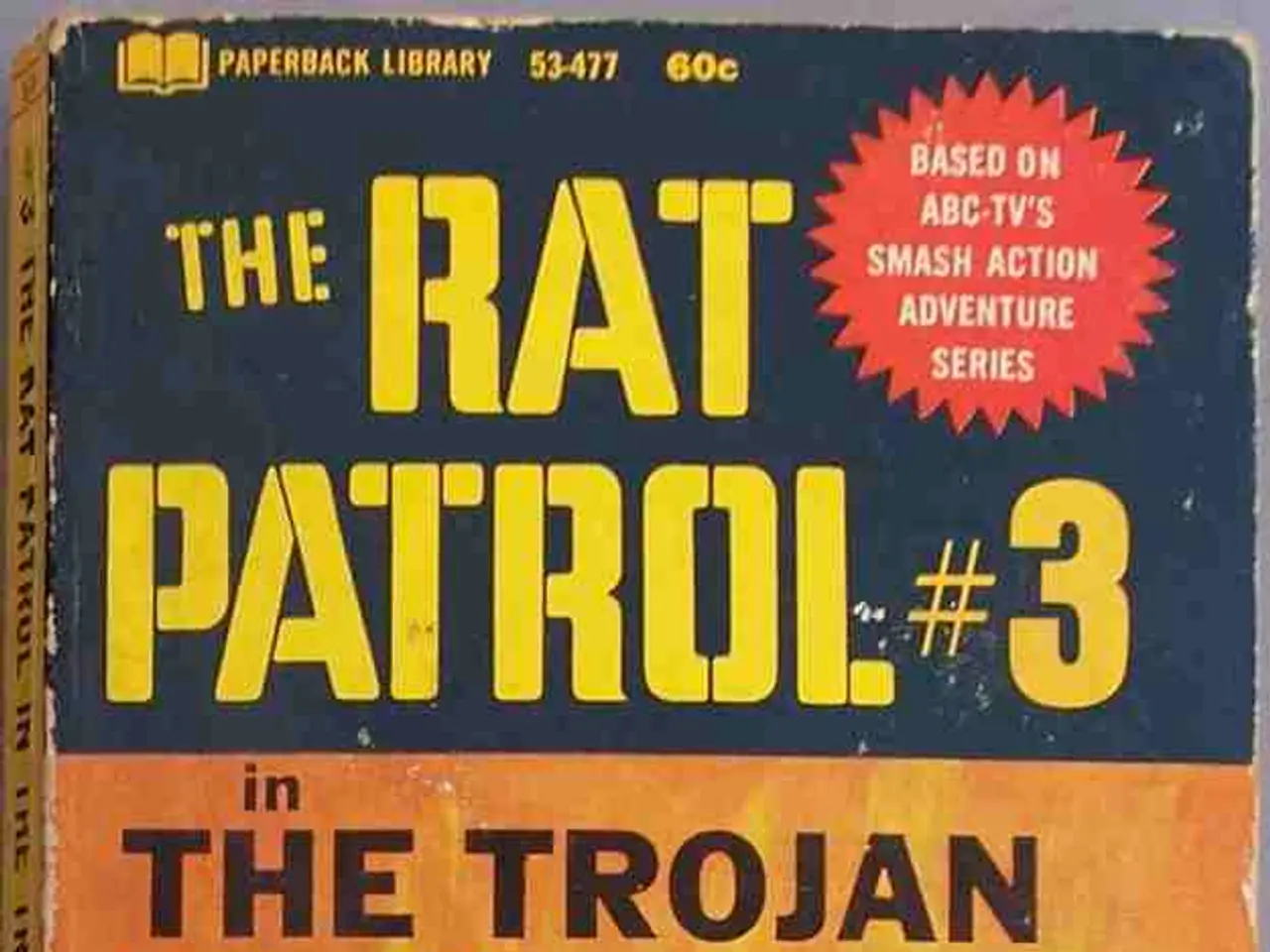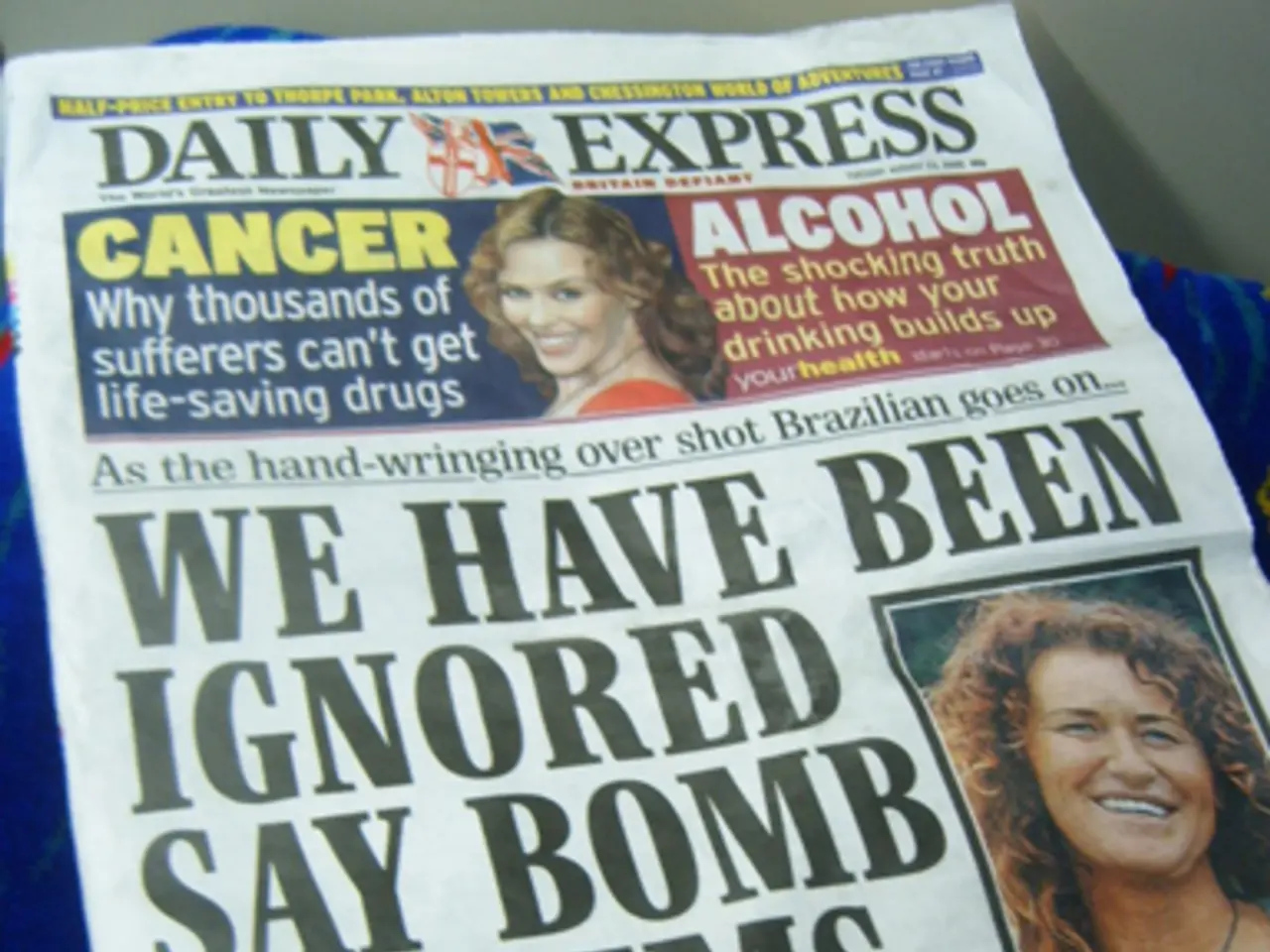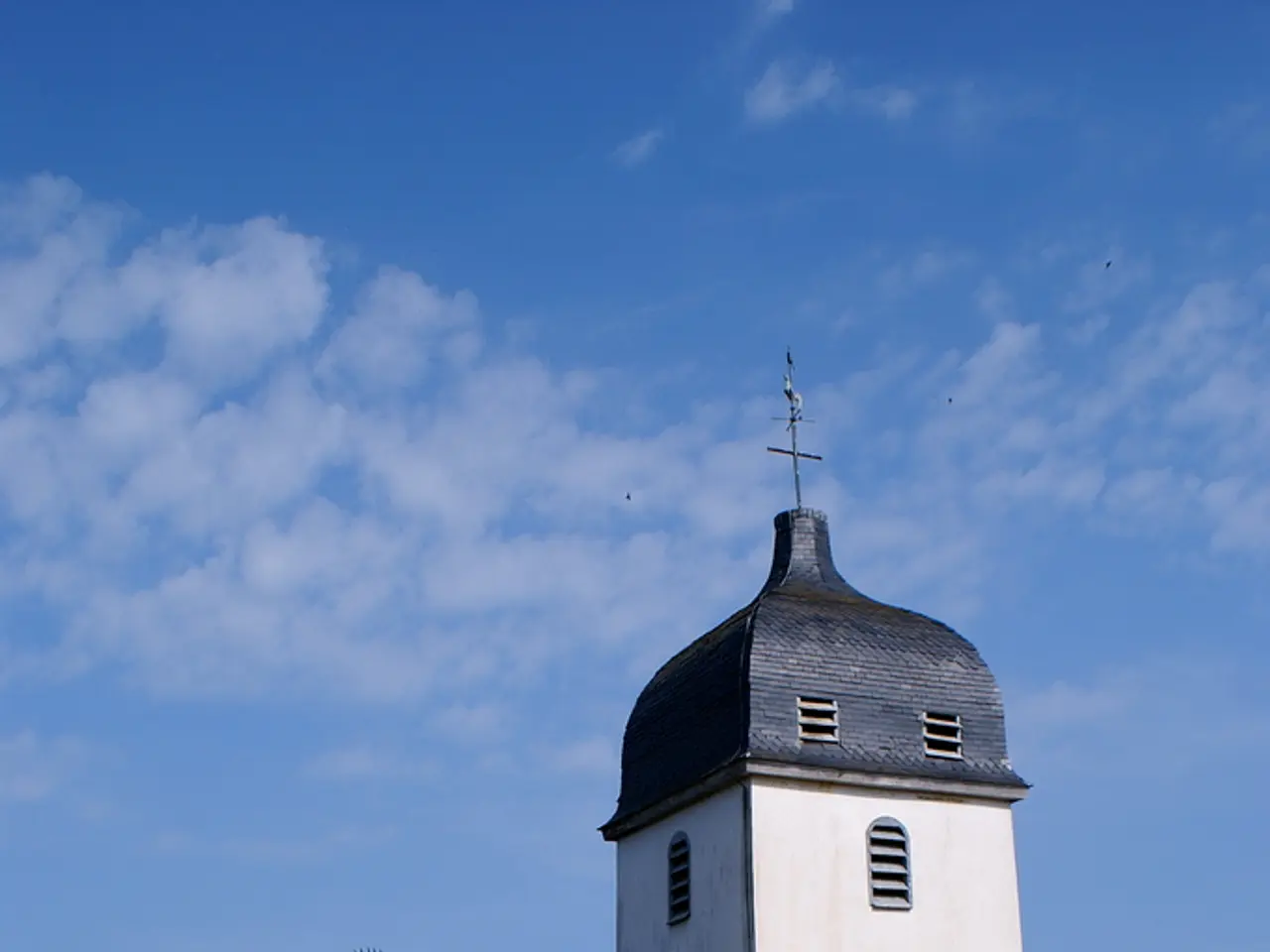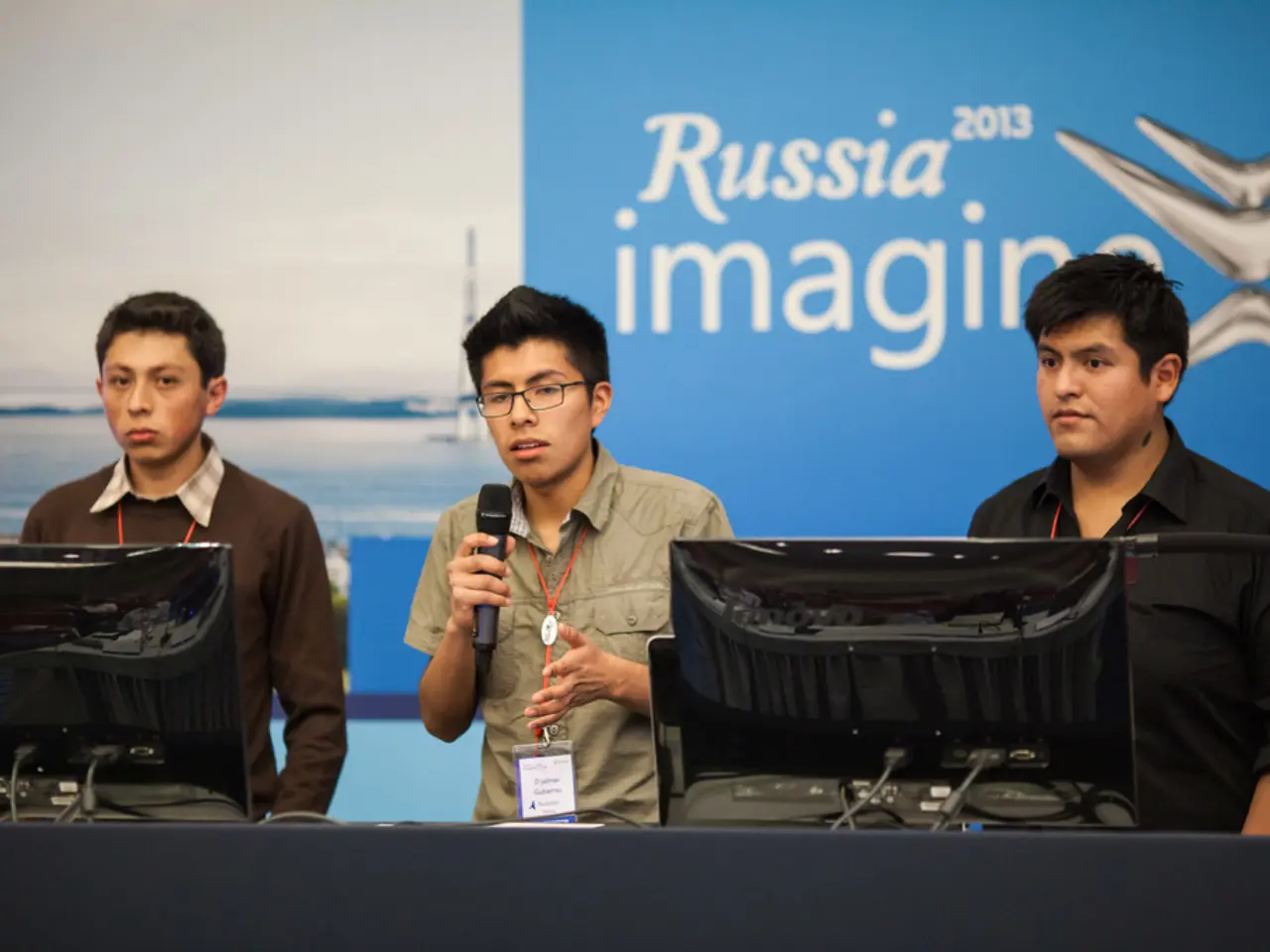"A day on Mont Ventoux showcases the influence we yield" - Unveiling Mont Ventoux in the Tour de France promotional convoy
The Tour de France Publicity Caravan: A Century-Old Tradition of Entertainment and Marketing
The Tour de France Publicity Caravan, known as La caravane publicitaire, is a near-century-old tradition that has been entertaining crowds and promoting products since its inception in 1930. This unique spectacle precedes the cyclists along the route, providing a festive and engaging prelude to the race.
The caravan consists of approximately 30 floats and remodeled vehicles, adorned with vibrant colours and creative designs. These include vehicles featuring animals, musical instruments, and other unusual items, all designed to captivate the audience and showcase sponsors' brands in a memorable way.
The caravan's speakers play music for about 90 minutes to two hours before the race, creating a lively atmosphere that draws large crowds hours before the cyclists arrive. The entertainment provided by the caravan keeps spectators engaged longer, turning roadside spectatorship into a larger public event.
People from all cross-sections of society attend the Tour de France primarily for the free gifts and festive atmosphere. The caravan distributes items such as hats, t-shirts, keyrings, and other merchandise, which, despite their low quality, are eagerly received by the crowd.
For many fans, the caravan is an essential part of the Tour experience. Otis, the MC on the Basic Fit float, has been working at the Tour de France for 10 years and enjoys the connection with people and the joy he brings them. Jason, a crew member, shares his passion for being part of the caravan, having dreamt of it since childhood. Even Jason's mother attends the Tour de France solely for the caravan.
The caravan's significance lies in its role as a marketing solution that covers costs when national teams replaced sponsored trade teams. Henri Desgrange, the race organizer, allowed advertisers to precede the cyclists with colorfully decorated vehicles distributing promotional items and entertaining spectators along the route. This caravan became formalized after the first sponsor, the Menier chocolate company, paid to precede the race and handed out vast quantities of chocolate and branded items to crowds.
The caravan has faced some restrictions on advertising excesses over the years, particularly in the mid-20th century when television advertising became widespread. However, it remains a popular attraction today, attracting around half of the race's spectators. Despite concerns about its environmental impact, the caravan continues to get wilder and remains forever joyous.
In summary, the Tour de France publicity caravan is historically significant as an innovative advertising platform that transformed sports spectatorship into a lively, interactive festival, deeply enhancing fan experience and sponsor visibility while supporting the race’s financial model since 1930.
The Tour de France Publicity Caravan, serving as a unique blend of entertainment and marketing, showcases pop-culture through its colorful floats and creative designs, providing an engaging prelude to the race. This spectacle, which attracts considerable crowds hours before the cyclists arrive, has now become a significant part of sports culture, transforming roadside spectatorship into a major public event.
